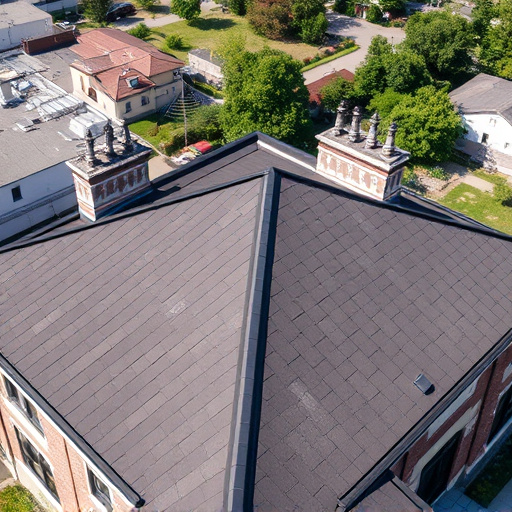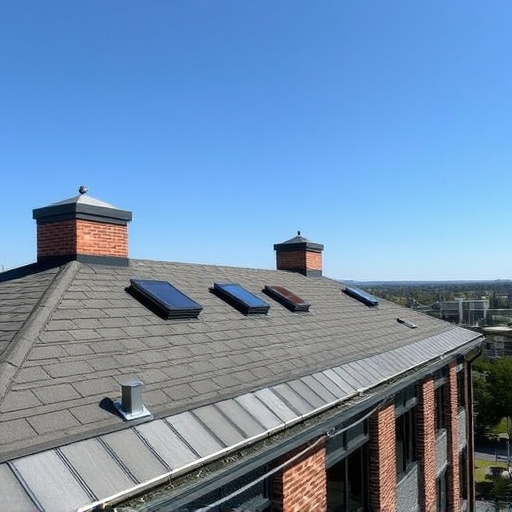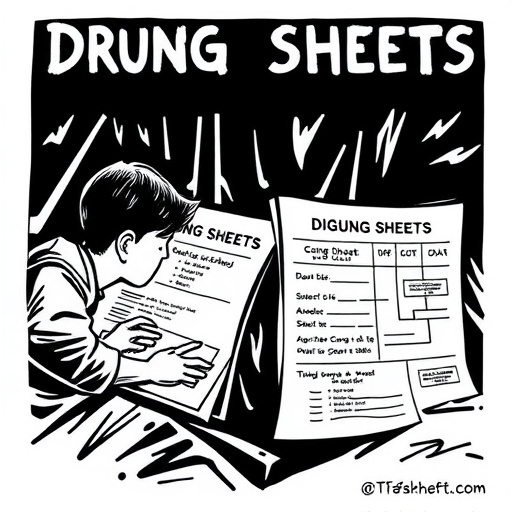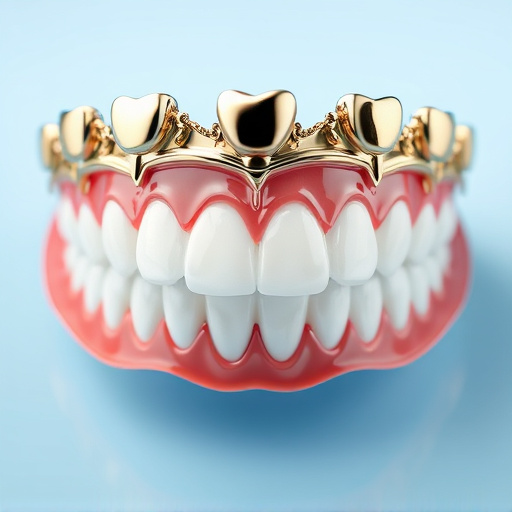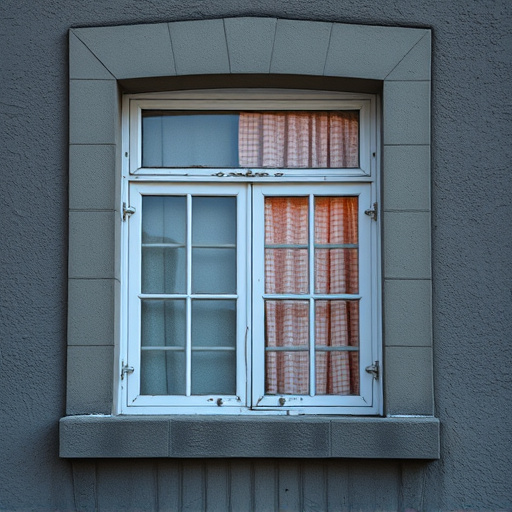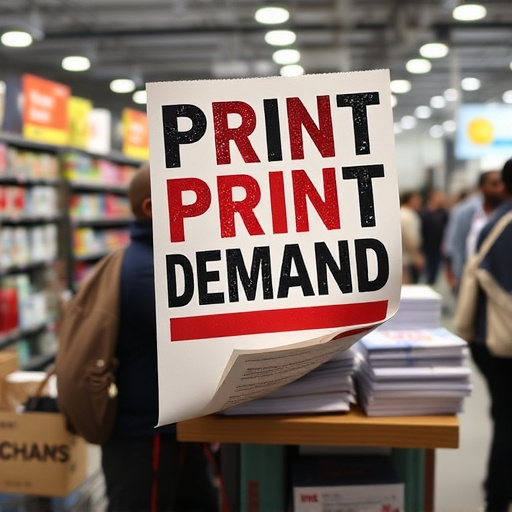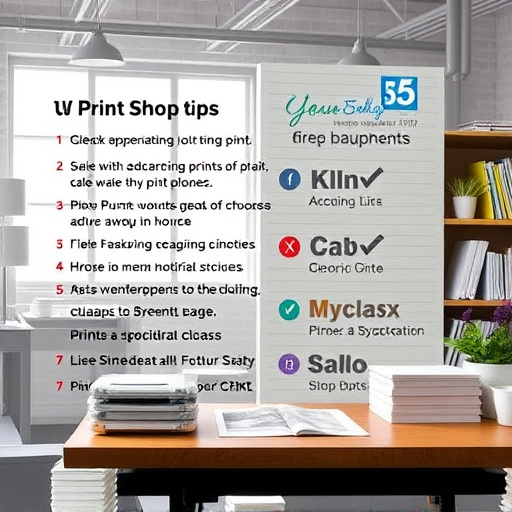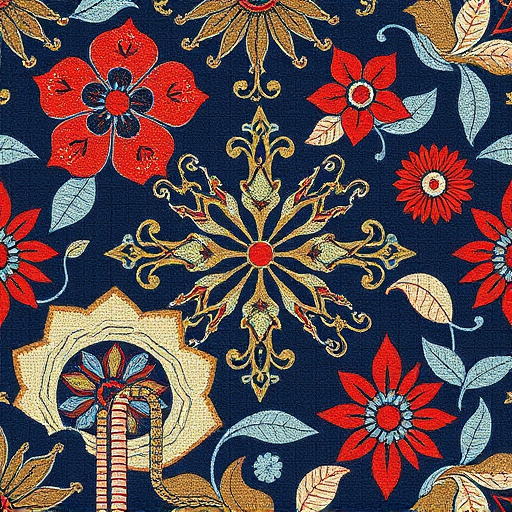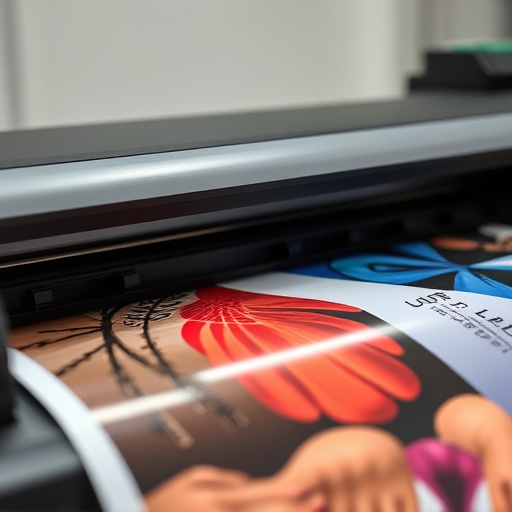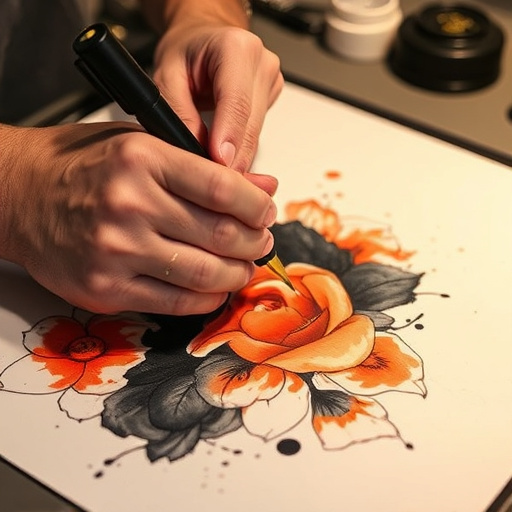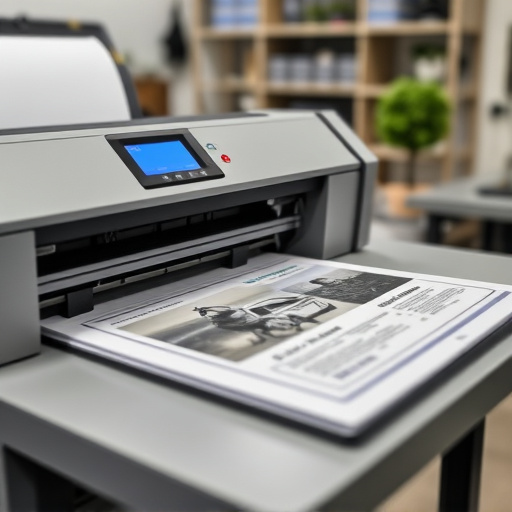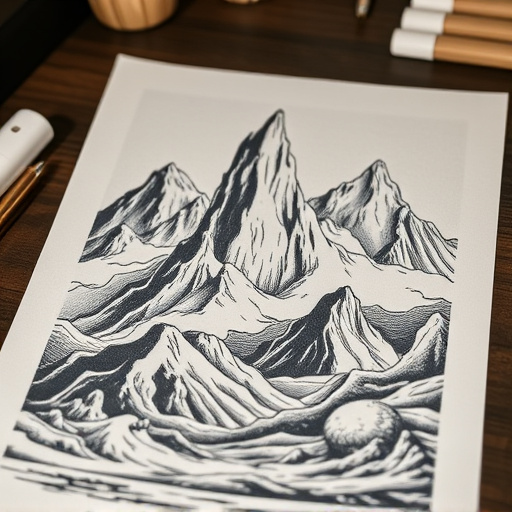DTF Cotton Printing (Direct-to-Film Transfer Printing) is a revolutionary technique in the apparel industry, eliminating traditional screen printing by transferring ink directly from film to cotton. This method offers swift customization and high quality, with costs dependent on raw materials, production, and logistics. Optimizing DTF printing involves strategic material selection, efficient workflows, digital design tools, precision cutting, and regular equipment maintenance to minimize waste and lower operational expenses. Choosing high-quality DTF transfer sheets from trusted suppliers can improve print quality and reduce long-term wastage, contributing to a competitive pricing strategy for final products.
“Discover the financial intricacies of DTF cotton printing with our comprehensive guide. From understanding the unique printing process to its material composition, this article demystifies the technology. We then delve into a detailed cost analysis, breaking down expenses and offering strategies for optimization. Whether you’re an industry professional or aspiring entrepreneur, exploring the economic landscape of DTF cotton printing is a step towards making informed decisions in this innovative printing sector.”
- Understanding DTF Cotton Printing and Its Materials
- Cost Breakdown: Expenses Associated with DTF Cotton Printing Materials
- Strategies for Optimizing Costs in DTF Cotton Printing
Understanding DTF Cotton Printing and Its Materials
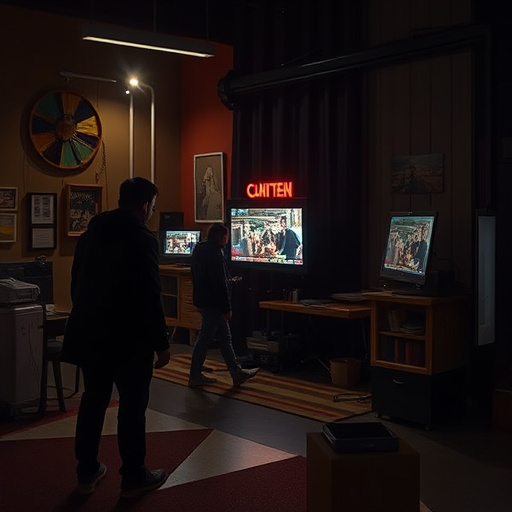
DTF Cotton Printing, or Direct-to-Film Transfer Printing, is a cutting-edge technique revolutionizing the apparel industry. This method involves transferring ink directly from a film to cotton fabric, eliminating the need for traditional screen printing methods. The process offers unparalleled customization and efficiency, enabling businesses to produce unique, personalized items like direct to film personalized hoodies at a rapid pace.
The materials used in DTF Cotton Printing play a crucial role in its cost-effectiveness and overall quality. Key components include specialized dtf heat transfer paper, which serves as the ink receiver during printing. Unlike traditional heat transfer papers, DTF paper is designed to handle vibrant inks and complex designs. When scaled for bulk dft shirt production, these materials contribute significantly to operational costs. Understanding material choices and their impact on pricing is essential for businesses aiming to streamline their processes while maintaining profitability.
Cost Breakdown: Expenses Associated with DTF Cotton Printing Materials
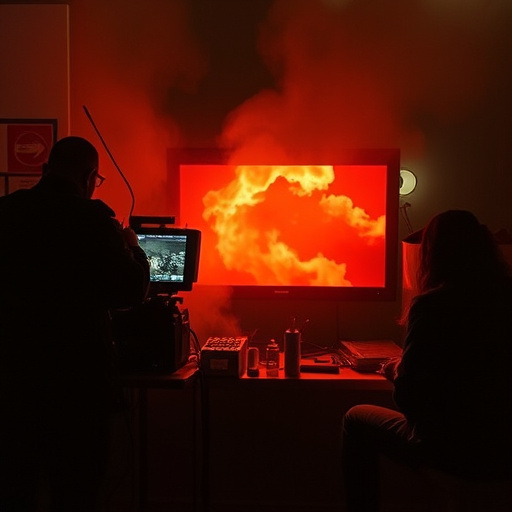
The cost analysis of DTF (Direct to Fabric) cotton printing materials involves breaking down expenses into several key components. Firstly, the price of raw materials such as DTF ink and fabric plays a significant role in overall expenditure. The quality and type of these materials directly impact the final product’s durability and aesthetics. For clothing brands considering DTF for logos, investing in premium inks and fabrics ensures vibrant colors that last through multiple washes.
Secondly, production costs include equipment maintenance and labor. Printing presses, heat presses, and cutting machines require regular upkeep to maintain efficiency. When engaging in bulk DTF shirt production, these expenses can be optimized by centralizing resources and employing skilled technicians. Additionally, factors like packaging and shipping contribute to the total cost, particularly when dealing with custom DTF transfers. Efficient logistics management can significantly reduce these costs, ensuring a competitive pricing strategy for final products.
Strategies for Optimizing Costs in DTF Cotton Printing

Optimizing costs in DTF (Direct to Fabric) cotton printing involves a multi-faceted approach. One key strategy is to focus on material selection. Choosing high-quality DTF transfer sheets from reputable suppliers can significantly impact both print quality and long-term cost-effectiveness. Using premium sheets might have a higher upfront cost, but their durability and superior performance can lead to reduced waste and lower overall expenses over time.
Another effective method is process streamlining. Efficient workflows minimize material wastage by maximizing the utilization of DTF for t-shirts and other fabric materials. Implementing digital design tools and precision cutting techniques further enhances accuracy and reduces scrap material. Additionally, regular maintenance of printing equipment ensures optimal performance, thereby enhancing efficiency and reducing long-term operational costs associated with DTF cotton printing.
DTF cotton printing offers a unique and cost-effective approach to fabric personalization. By understanding the materials and their associated costs, as outlined in this article, businesses can make informed decisions to optimize their production processes. Through strategic planning and efficient resource management, it is possible to reduce expenses without compromising quality, ensuring DTF cotton printing remains a viable and competitive option in the market.

